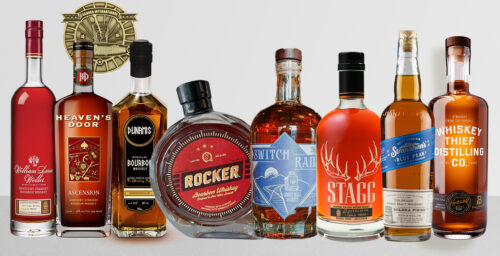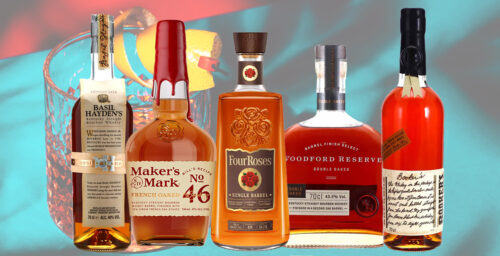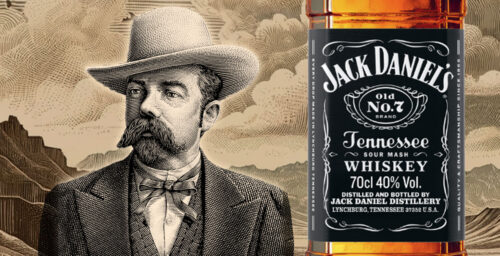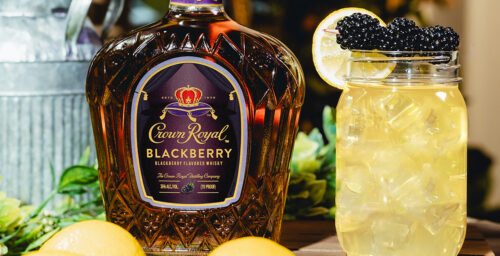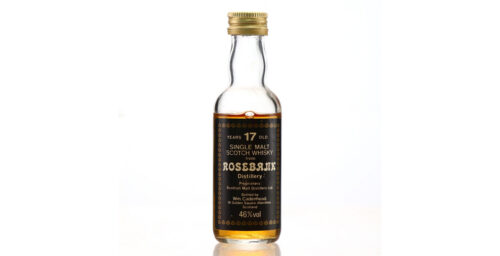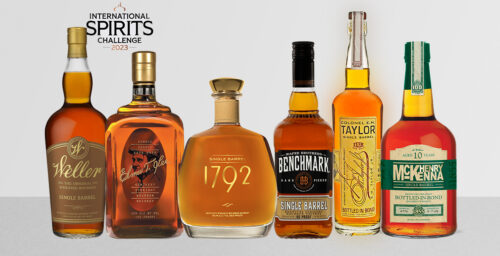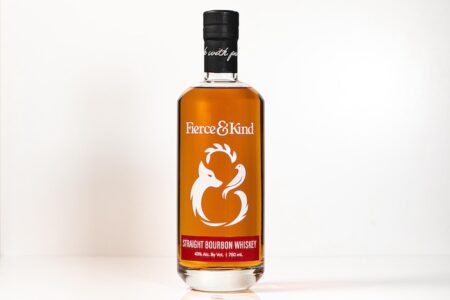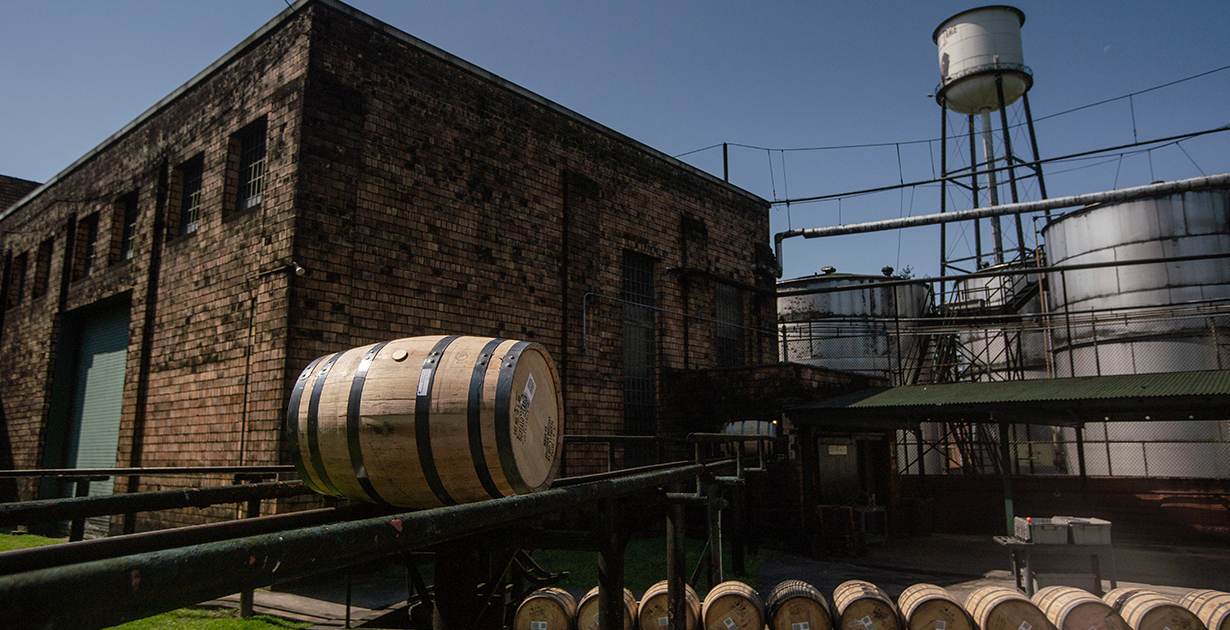
Can we take a minute to talk about how awesome barrels are? The barrels used to mature bourbon impart color and flavor onto the spirit. Think vanilla and sweet caramels, as well as rich amber hues. Moreover, the barrels also cradle the precious liquid inside until it’s fully mature and ready for bottling. Like many aspects of the distilling industry, it’s a technology that hasn’t changed much in hundreds of years.
Theoretically, you could build boxes out of oak, char them on the insides, and then seal the liquid inside to mature. There’s no law against using other types of charred oak containers for bourbon maturation. They would certainly be easier to store as, unlike barrels, they would be stackable. However, there is one problem: square boxes filled with bourbon would be especially hard to move.
The Use of Barrel Rolling in the Bourbon Industry
One of the many reasons barrels are the preferred storage container for bourbon is how easy they are for one person to move, especially on a gravity-powered barrel run. A single person can easily get a barrel rolling. In addition, with a little practice, a person can control a barrel’s movement. Older distilleries were built to optimize the use of gravity in moving barrels from the barreling porch to the rick house.
The barrel path at Buffalo Trace, for example, is a particular point of pride for the distillery. From the barreling hall to various warehouses across the site, the barrel tracks allow ease of movement for the hundreds of bourbon barrels in production every day.
One aspect of barrel rolling that is often overlooked is positioning. If the barrel rolls into the ricks bung-down, there will likely be a major leak. However, with some mathematical calculations, the position of the barrel can be premeditated. If it takes ‘x’ number of revolutions of a standard-sized barrel to make it to the next position, it can be determined where to position the bung for it to end right-side up. After all, no one wants to try to wrestle a full barrel into the correct position once it has entered the racks.
The World Championship Barrel Relay
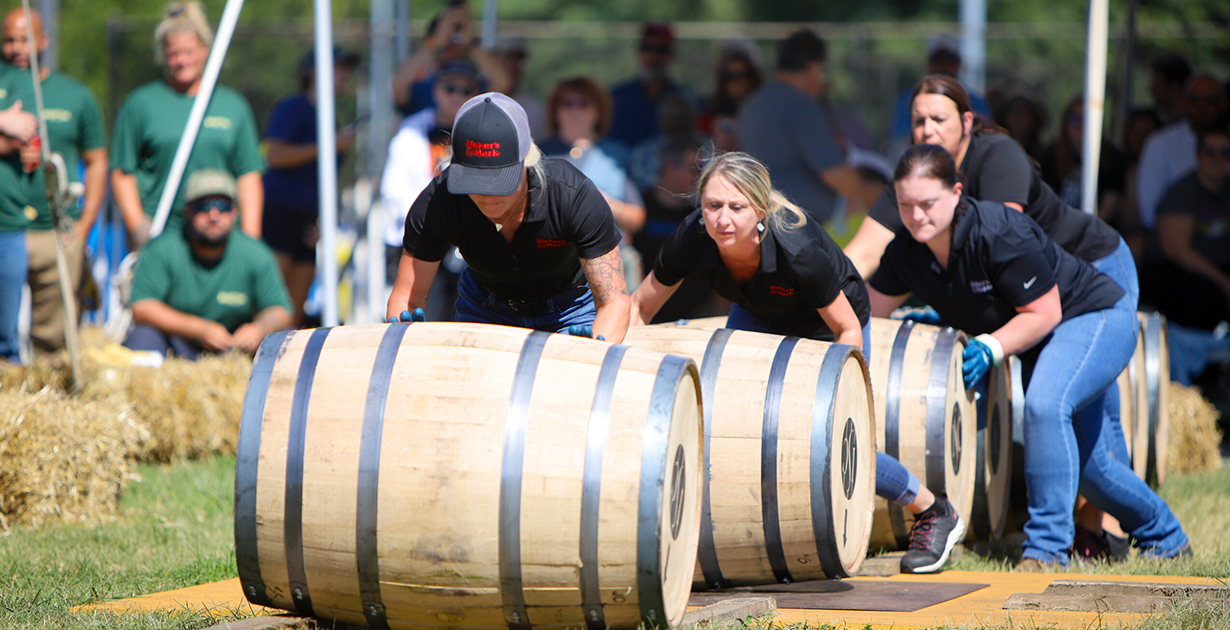
Barrel rolling is such an art form there’s a yearly contest held at the Kentucky Bourbon Festival. The object of the contest is not only speed, though the team with the lowest time wins. It’s also a test to see which team can get the most barrels bung-up, and time is subtracted for each bung-up barrel in its final resting place.
Every year, distilleries across Kentucky send warehouse staff to do some serious rolling. In 2023, the Women’s Team Relay was won by a team from Buffalo, whilst Heaven Hill took the title in the men’s team category.
Derek Miles of Maker’s Mark broke his own record and won in the Men’s Individual category. Continuing their winning streak, Heaven Hill employee, Ashley Cundiff clinched 1st place in the Women’s Individual category.
Thank You, Bourbon Barrel Rolling Ancestors!
Bourbon barrel rolling is an age-old tradition that has stood the test of time. Not only does it expediate the daily processes at distilleries, but it also provides a window to the past.
It’s easy to look at the past as a simpler time when people weren’t as educated as we are today. However, the day-to-day operations of a bourbon distillery have not changed dramatically in the last 100 years or so. Why? Because the methods devised by our bourbon ancestors work. It is as simple as that. After all, if it ain’t broke, don’t fix it.

